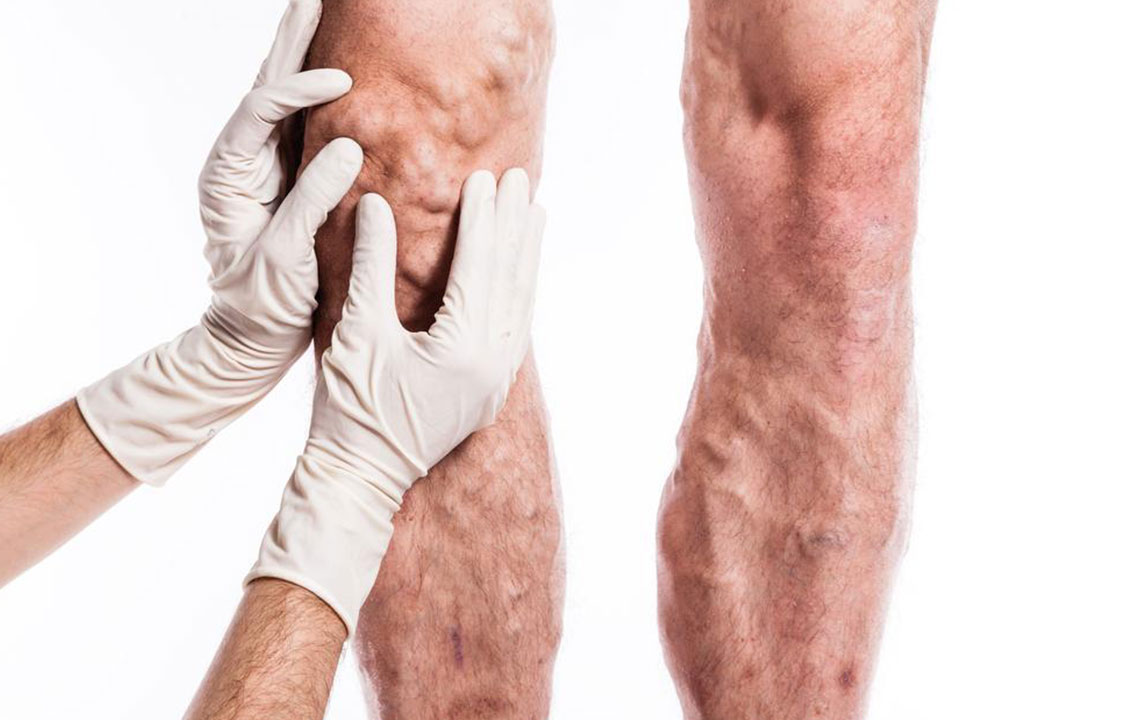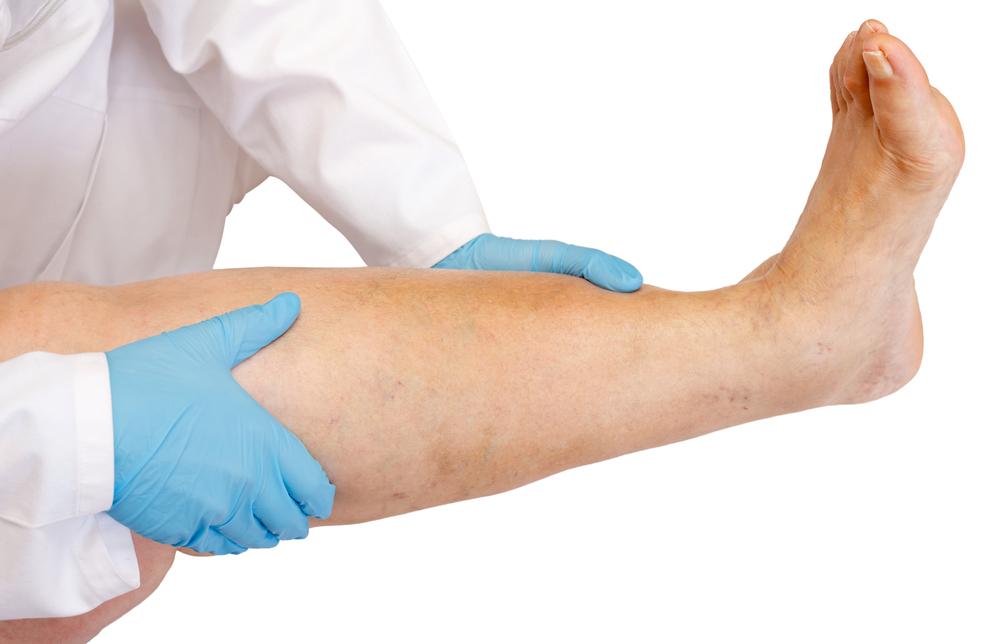Understanding Deep Vein Thrombosis: Symptoms, Risks, and Treatment Options
Deep vein thrombosis (DVT) involves blood clot formation in the leg veins, often with minimal symptoms. Risk factors include surgery, injury, and obesity. Treatments include medications, vena cava filters, and compression stockings to prevent complications such as pulmonary embolism. Early diagnosis and prompt medical care are crucial to avoid potentially life-threatening outcomes. Understanding the signs and causes of DVT can aid in early detection and effective management. Always seek professional medical advice for assessment and treatment to ensure safety and health.

Understanding Deep Vein Thrombosis: Symptoms, Risks, and Treatment Options
Deep vein thrombosis (DVT) involves the formation of a blood clot within the veins of the lower limbs, disrupting normal blood flow. Commonly affecting individuals over 50, especially in the legs or thighs, DVT can develop with or without noticeable symptoms. Awareness of its signs, causes, and treatments is essential for early intervention and prevention of complications.
Signs and Symptoms
Many individuals with DVT may not experience symptoms. When present, warning signs include:
Severe discomfort or pain in the legs
Sensitivity or aching when standing or walking
Swelling in one or both legs
Skin discoloration or redness on the affected area
Causes
Blood clots develop when normal blood flow is hindered due to various factors, including surgery, injury, certain medications, health conditions, or obesity. These disturbances increase the risk of clot formation in the veins of the lower extremities.
Treatment Approaches
Medications: Physicians may prescribe anticoagulants or other medications to prevent clot progression. The choice depends on individual health circumstances.
Vena Cava Filters: For patients unable to take blood thinners, filters can be inserted into the vena cava to trap blood clots, reducing the risk of pulmonary embolism.
Compression Therapy: Wearing compression stockings can help minimize swelling and the risk of recurrent DVT, aiding blood circulation in the legs.
Prompt medical attention is vital if DVT is suspected. Delaying treatment can cause clots to dislodge and travel to the lungs, leading to life-threatening conditions like pulmonary embolism, characterized by chest pain, breathing difficulty, and coughing up blood.










